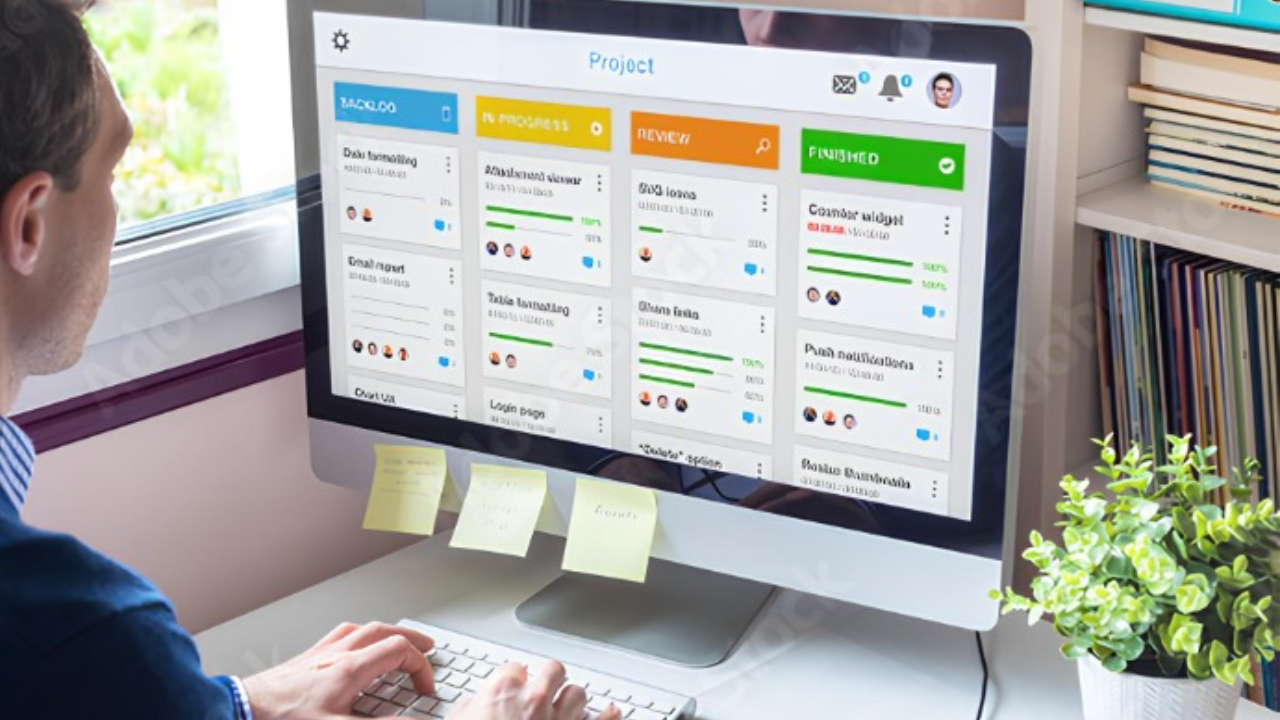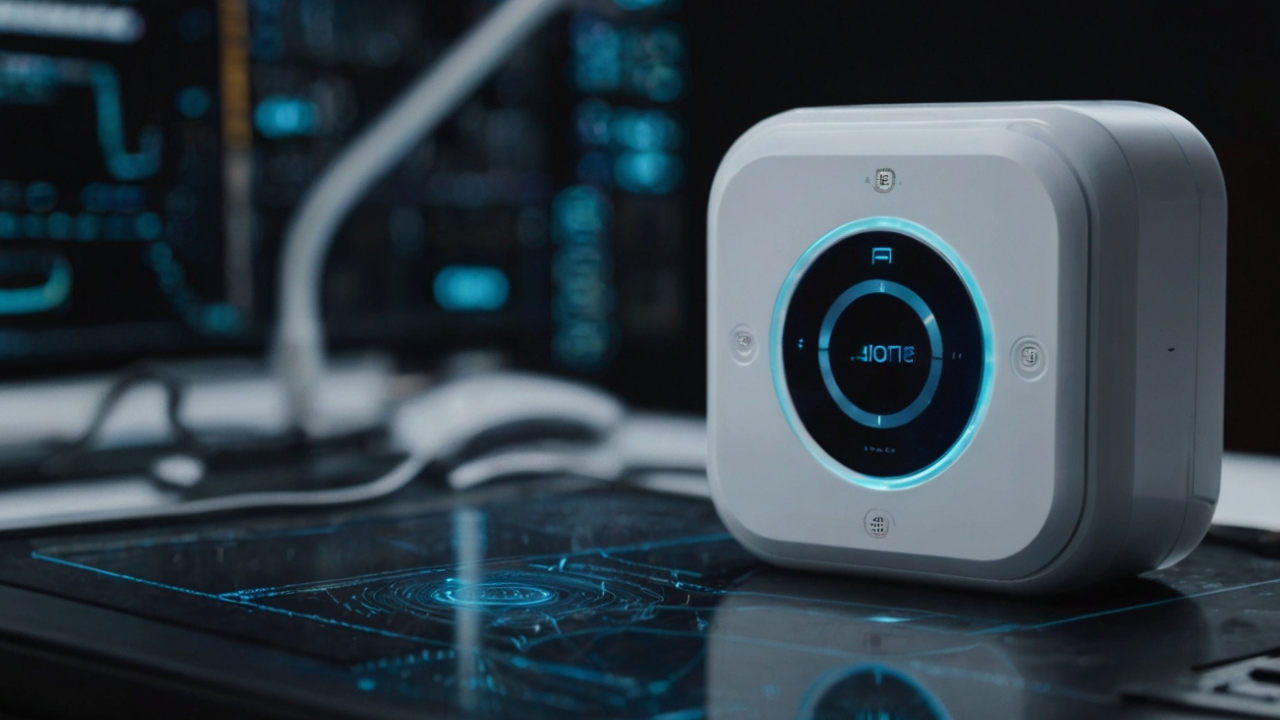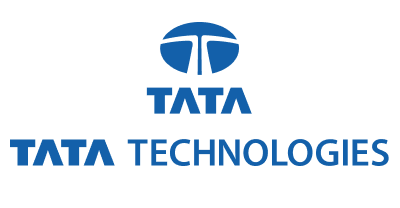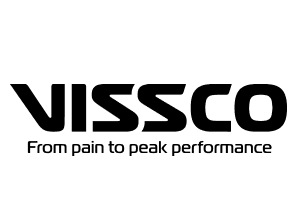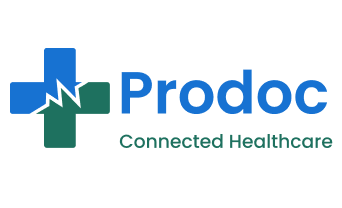The landscape of software development has undergone a seismic shift. Agile methodologies, DevOps, and continuous delivery have become the norm, demanding a radical transformation in how we approach quality assurance. The traditional model of QA, characterized by isolated testing teams performing manual checks at the end of the development cycle, is no longer sustainable. In its place, a new era of Quality Engineering is emerging.
The Demise of Traditional QA
The limitations of traditional QA have become increasingly apparent. The waterfall model, with its sequential phases, is ill-equipped to handle the rapid pace of modern software development. Manual testing is time-consuming, error-prone, and unable to keep up with the frequency of releases. Moreover, the siloed nature of QA teams often hinders collaboration with development and other stakeholders.
As a result, traditional QA has become a bottleneck, slowing down development cycles and compromising product quality. In today’s competitive market, businesses can no longer afford such inefficiencies.
The Rise of Quality Engineering
Quality Engineering represents a fundamental shift in mindset and approach. It involves embedding quality into the entire software development lifecycle, rather than treating it as an afterthought. Quality is no longer solely the responsibility of a dedicated QA team; it’s a shared responsibility among all team members.
Key characteristics of Quality Engineering include:
- Shift-Left Testing: Identifying and preventing defects early in the development process through techniques like unit testing, code reviews, and static analysis.
- Test Automation: Leveraging automation tools to execute test cases efficiently and reliably, freeing up human testers to focus on exploratory and higher-value testing activities.
- Continuous Testing: Integrating testing into the CI/CD pipeline to provide rapid feedback on code changes.
- Test Data Management: Ensuring the availability of high-quality test data to support testing efforts.
- Performance Testing: Evaluating system performance under various load conditions.
- Security Testing: Identifying and mitigating vulnerabilities in the application.
- Collaboration: Fostering close collaboration between development, QA, and operations teams.
- Quality Metrics: Tracking and analyzing quality metrics to identify improvement areas.
The Role of the Modern QA Engineer
The QA engineer of today is a multifaceted professional with a deep understanding of software development, testing methodologies, and automation tools. They are not simply testers but quality advocates who drive continuous improvement.
Key responsibilities of a Quality Engineer include:
- Designing and implementing test automation frameworks
- Developing and maintaining test suites
- Analyzing test results and providing actionable insights
- Collaborating with development teams to improve code quality
- Advocating for quality throughout the organization
Overcoming Challenges
Transitioning from traditional QA to Quality Engineering is not without its challenges. Organizations need to invest in training, tools, and infrastructure. Building a culture of quality requires buy-in from all levels of the organization. Overcoming resistance to change and fostering collaboration can also be difficult.
However, the benefits of embracing Quality Engineering far outweigh the challenges. By investing in this approach, organizations can improve product quality, accelerate time-to-market, reduce costs, and enhance customer satisfaction.
Conclusion
Traditional Quality Assurance is indeed dead. The demands of modern software development have necessitated a more proactive, integrated, and automated approach to quality. Quality Engineering is the future of software quality assurance. By embracing this new paradigm, organizations can build high-quality products that delight customers and drive business success.
Would you like me to add specific examples of Quality Engineering practices or tools?


